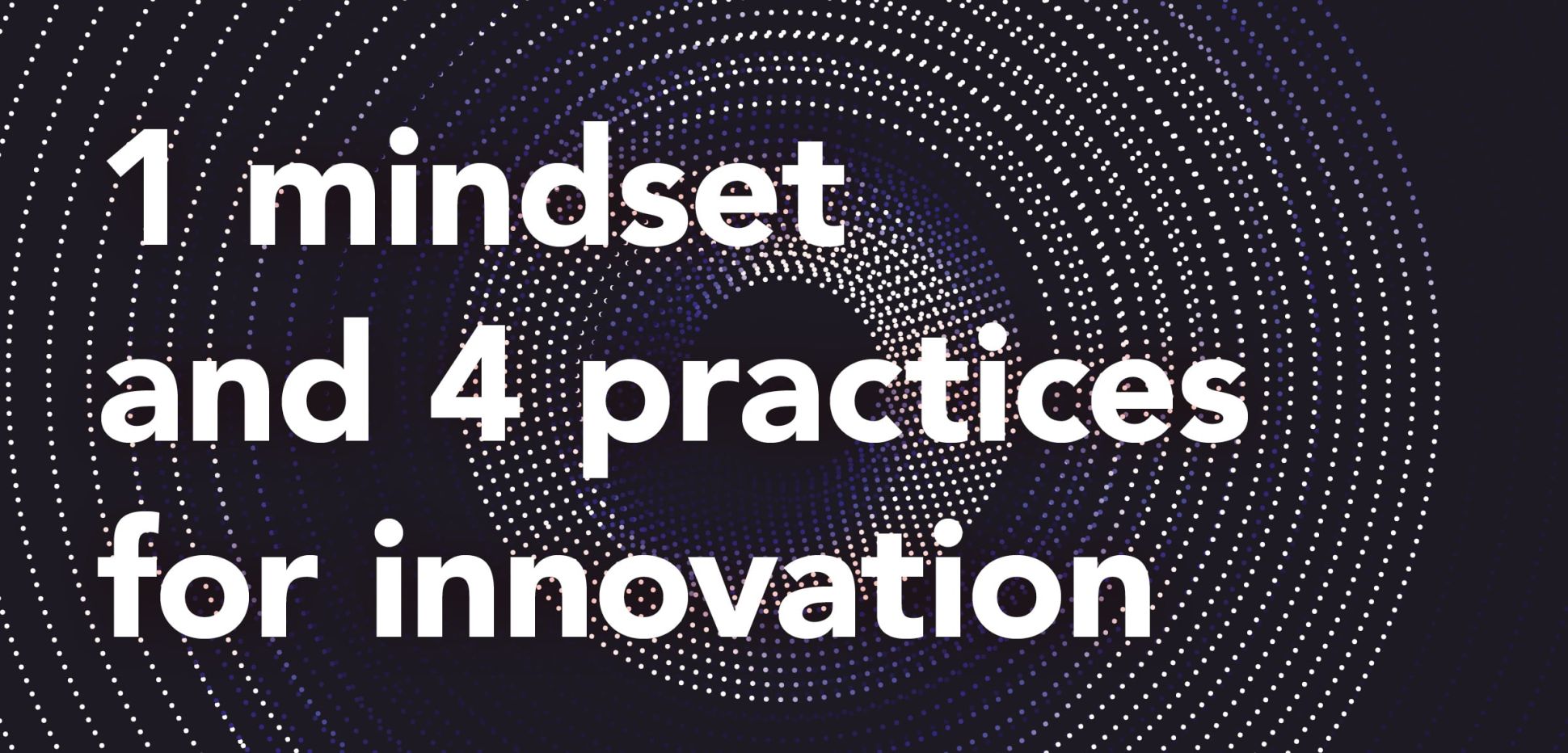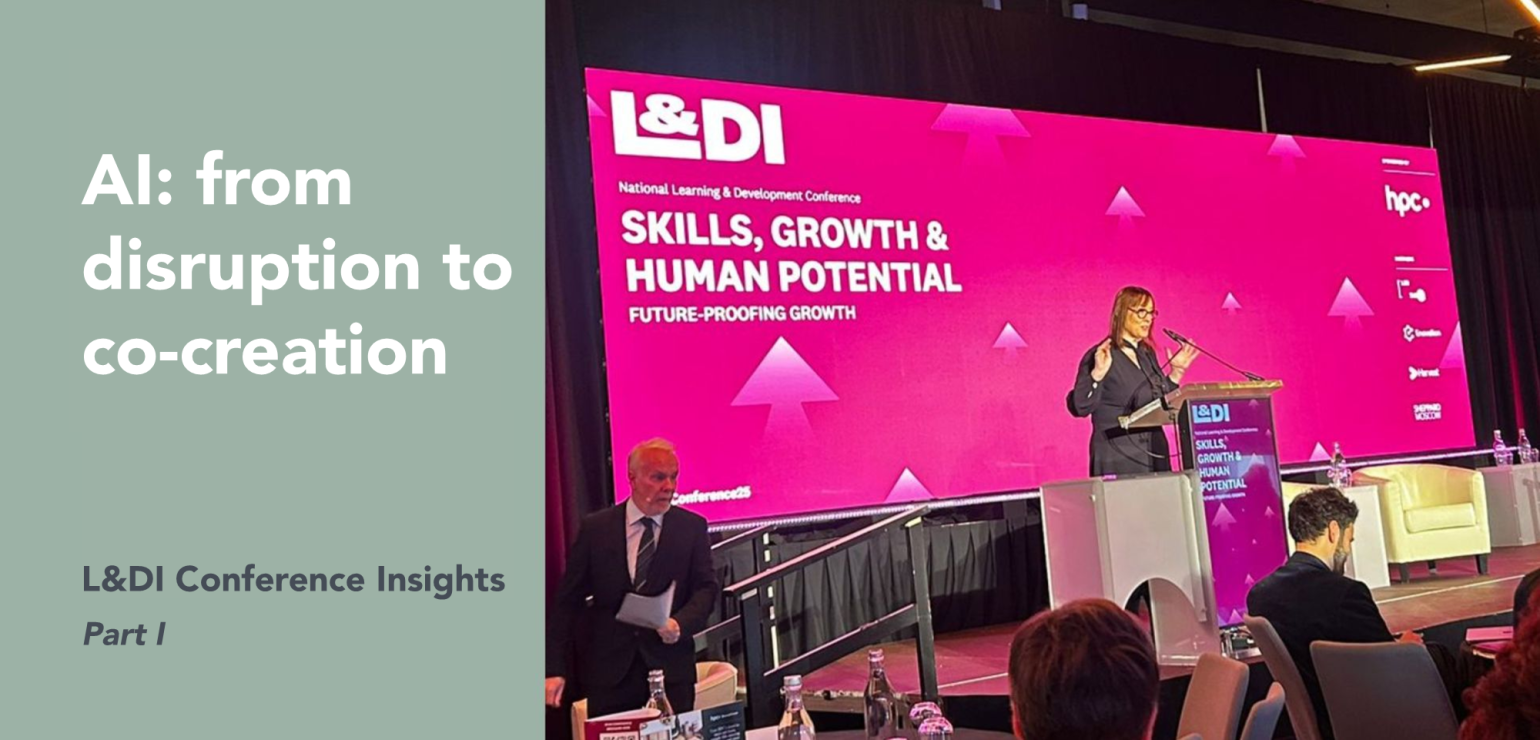Leading for Innovation

Perhaps the true value of ‘getting out and about’ is that you see things you’ve always known from new perspectives: it’s like learning it anew, and that freshness is delightful. In pursuit of that fresh take, I had the pleasure of attending the IRDG Amplify Innovation summit in Dublin. I was curious to see what would be discussed by leaders in a range of industries, research and academia, all interested in figuring out how to accelerate or amplify innovation. My curiosity, and indeed the frame through which I view the challenge, is that of leadership.
At Sheppard Moscow, we work with global organisations to transform their leadership culture, develop their leadership capabilities, and enhance the effectiveness of leadership teams. The topic of innovation comes up time and again as clients wonder, ‘how do we help our leaders to drive more innovation?’. It’s natural for this to be front of mind given that the scale and complexity of the challenges and opportunities out there is huge. Facing into markets with increasing levels of disruption, competition and regulation whilst seeking to serve increasingly diverse and demanding customer segments is all challenging enough, yet internally many companies need to innovate their own ways of working, their business models, their people and capability – everything is open to question as we respond and adapt to our increasingly VUCA context.
So, there I was at a conference all about innovation, hearing from futurists, entrepreneurs, social policy analysts, academics, transformational leaders, designers and even a comedian – kudos to the organisers for creating a diverse and eclectic yet highly coherent experience – and there was a strong theme emerging for me about what leaders do to amplify innovation. Of course, there are many variables which influence whether an organisation will be innovative or not such as who works there, how they're organised and structured, the nature of the business they are in, how regulated they are, to name a few. But across all those variables the constant that emerged was leadership. The nature and quality of leadership is a key determinant of innovation.
Before unpacking that assertion, let’s pause to consider, ‘what is innovation anyway?’. Often I think we hold an unhelpfully narrow view of what innovation is. Research and development to create a pipeline of new products? Yes. A creative process to develop a new brand or marketing campaign? Certainly.
But what about a supervisor in a call centre setting up a new process to sequence and organise calls? What about a retail assistant noticing some small irritation for a customer and just quietly addressing it? An accounts assistant streamlining how she pulls data for a report? Are these rather more 'humdrum' examples truly innovation? I think so. I prefer a broader definition of what innovation is, because I see creativity and value in any moment where someone stops to think, to wonder why and how, and to somehow move from wondering and imagining to action.
My advice to leaders, at any level, is to reflect on what their contribution is to innovation. I think a key aspect of a leader's role is to clear the way for innovative ideas and actions to emerge. This comes down to culture: by your actions and attitudes, what is the culture you create and sustain? If you want to create and, or sustain a culture of innovation, then I recommend one key prevailing mindset and four inter-related leadership practices.
One key mindset and four crucial leadership practices to enable innovation:
Mindset: Curiosity
Innovation gets shut down by a lack of curiosity. Business leaders should wonder what will need to change in how their business makes money over the next few years. People leaders should be curious about what their people think and feel about their work, and why.
Practice #1: Seek out diverse perspectives and ask lots of questions.
This is the enactment of the curious mindset. Ask open, powerful questions to catalyse awareness and open people to collective sense-making. Because complexity throws surprises at us, and our natural reaction may be to ask questions that tend to return us to more familiar ground, it’s helpful to have a few different questions to hand. One of my favourites is simply to ask ‘What would [x stakeholder] say if they were in this conversation?’. Check out the work of Jennifer Garvey Berger and Keith Johnston for more - they praise the power of asking different questions to help to bust assumptions and get people thinking more broadly about what’s going on.
Practice #2: Create psychological safety and a culture where task conflict is welcome and healthy.
Recent years have seen great strides in the research into what it takes to create psychological safety at work. Check out both Amy Edmondson and Timothy Clark to learn more. Ask yourself – does your leadership approach help create a team culture where people are fully included, feel safe to ask questions and learn, so that they contribute fully and can challenge the status quo? If not, you will struggle to truly enable innovation.
Practice #3: Fail fast and fail happy.
Easier said than done for most of us when we have been wired to strive for achievement and 'success' (whatever that is). I refer you again to Amy Edmondson on this one: she advocates seeking out the ‘right kind of wrong’, where you replace shame and blame with curiosity, vulnerability, and personal growth.
Practice #4: Experiment and learn.
Try things out and iterate the approach as you go along. When you learn, whether from success or failure, share the insights. And paradoxically, hold your new idea lightly as you hope it will be overtaken in due course by a better one!
To learn more about leading for innovation check out our sector deep dives with innovation in Telco and Tech and leading a culture of innovation in Life Sciences.
And to learn more about how we help create cultures where innovation thrives, get in touch with us.
References:
Simple Habits for Complex Times: Powerful Practices for Leaders, Jennifer Garvey Berger and Keith Johnston (2015)
The 4 Stages of Psychological Safety: Defining the Path to Inclusion and Innovation Timothy R. Clark (2020)
Right Kind of Wrong: Why Learning to Fail Can Teach Us to Thrive, Amy Edmondson (2023)

 Andrea Cusack
Andrea Cusack 
 Aoife Keane
Aoife Keane 
